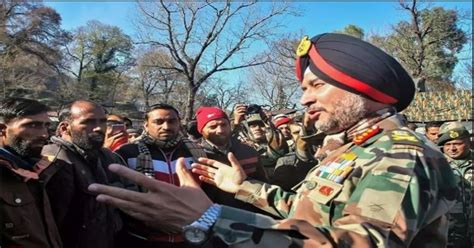
by Anuradha Bhasin
“The truth is rarely pure and never simple,” wrote Oscar Wilde. Truth buried for years beneath layers of tumult, violence, fear, pain and suffering, produces a tendency to obsessively cling on to a linear understanding of one’s own trauma while overlooking that of the other, and thus allows memories to be coloured by partial forgetfulness.
Kashmir which has breathed with multiple narratives of grief and horror is a case in point. The tendency to view its turbulent past in fragments disallows truth to emerge with all its complexities and shades. It rather creates contested narratives and binaries of us and them, reducing or magnifying human tragedies, depending on who is viewing them. Not only does this have the potential of tarnishing inter-community relations, it provides space to vested interests to usurp peoples’ tragedies and memories and place it in a distorted context to the further detriment of communal harmony and overall peace.
1989 and 1990 were turbulent years in Kashmir that changed its landscape. Insurgency had emerged due to deep-rooted years of resentment and after moments of its infancy it took the Valley by a storm. Everyone was caught unaware as guns and grenades began to consume lives – Hindus, Muslims, Sikhs. As the entire state was rattled by the sudden turn of events that were in those days difficult to absorb and process in their exact portents and comprehension, Pandits were forced to flee and the Muslims, sandwiched between the guns of the militants and the security forces, were left to bear the brunt of a repressive and highly militarised landscape.
The true story of what happened and why it happened cannot be grasped by pulling out some pages from the diary and de-contextualising them, much worse by pitting up one community against another. The complete story is a jigsaw puzzle, pieces of which are memories of those who suffered. These are multiple and varied.
The only way to reconcile these different, even contested, memories and narratives is through interaction and talking so that different perspectives can be shared, absorbed, and understood. My experience at the various community-level dialogue initiatives since 2001, in which both Kashmiri Muslims and Pandits were included, taught me the effectiveness of such experiments aimed at sharing the truth with an aim to heal long ignored wounds. The difference such initiatives made was subtle and slow, yet powerful.
In a recent article in Outlook, I shared some of my experiences at the people-to-people level dialogues to demonstrate this point. The link to my article:
Pic: JK Now
